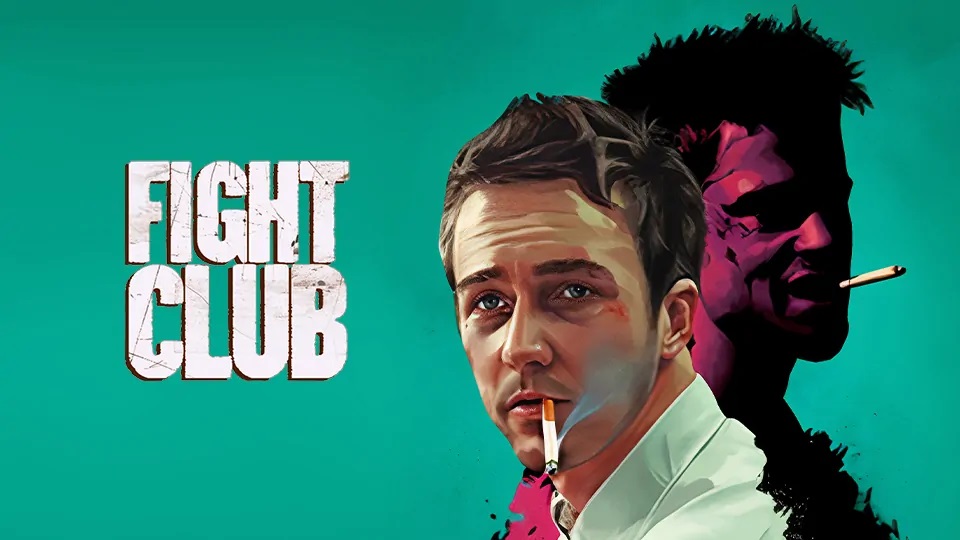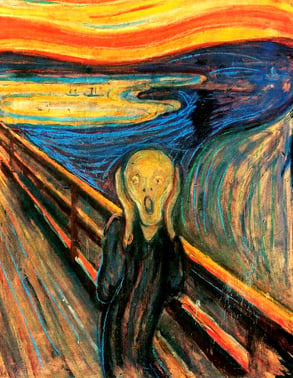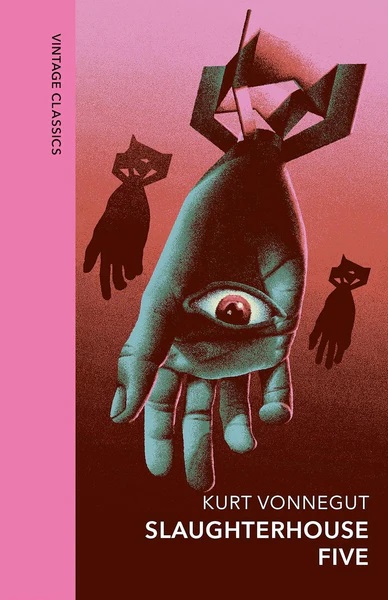When you think of philosophy, you might think of the most clichéd question/concept that ever exists — What is life? But philosophy is much more than that. It isn’t just about abstract thoughts, interesting paradoxes, and unanswerable questions. It helps us make sense of our mere existence. That’s where three powerful philosophical ideas step in: absurdism, nihilism, and existentialism.
That’s exactly what we are going to decode today. We are going to understand how these ideas can change the way we see life, ourselves, and the world around us. We will look at what each philosophy means, how they differ, and how they appear in both theory and everyday life.
What Is Nihilism?
To understand absurdism vs. nihilism vs. existentialism, we first need to understand what is nihilism. Let’s rewind time and picture life in the 17th and 18th centuries, where religion was a dominant factor in society. It was a major force in shaping political, moral, and cultural life. Humans did everything to please God, and we were afraid of his wrath. In simple words, the people of those days prayed, confessed, obeyed, and feared.
The winds began to shift in the 19th century. Due to industrialisation, secularisation, and scientific advances, people started moving away from God and his teachings. We started accepting modernism and questioned the way of the supreme being, which paved the way for a crisis called nihilism.
This change wasn’t any ordinary cultural shift. It paved the way for nihilism. Born out of a spiritual vacuum, nihilism means there is no objective to our lives. It is the fear or belief that without a divine anchor, life has no inherent value, truth, or purpose. Nihilism meaning can be simply said as the death of God, which philosophers like Nietzsche based their philosophical ideas upon. And from nihilism, we get two responses: existentialism and absurdism.
Main Idea: Life has zero meaning or value.
Response: Accept the fact that all beliefs and morals are baseless.
In Action: Living each day feeling that nothing matters and no action has real value is nihilism in action. Basically, surviving.
“What are you looking for? There is no Truth. There’s only action, action obeying a million different impulses, ephemeral action, action subjected to every possible and imaginable contingency and contradiction, Life. Life is crime, theft, jealousy, hunger, lies, disgust, stupidity, sickness, volcanic eruptions, earthquakes, piles of corpses. What can you do about it, my poor friend?” – Blaise Cendrars
What Is Existentialism?
Existentialism is often used in a broader way and causes a lot of confusion. Søren Kierkegaard (the father of existentialism), Friedrich Nietzsche, Jean-Paul Sartre, and other thinkers assume that the theory originated somewhere in the early 20th century. However, Jean-Paul Sartre was the one who coined the term existentialism.
The idea defines what it is like to be a human in the absence of life’s objective meaning (nihilism). This is exactly where his famous quote comes into play — existence precedes essence.
For example, the essence of a bed is for humans to rest upon, the essence of a glass is to hold water, and the essence of a paper-cutter is to cut paper. The purpose of it was already in mind way before someone created the bed, glass, or the paper-cutter physically. Therefore, we are not born with a predetermined purpose. Instead, we create it. We must drink water. Let’s make a glass to contain the water, from which we can sip.
We show up in the world, raw and undefined. And only afterward do we become someone, through the choices we make and the actions we take. In his view, we are not sculpted by fate, but by freedom. We are what we do. So, a glass is a glass because we drink water from it. Our essence isn’t hidden deep inside us waiting to be discovered. It is written moment by moment, in the way we live our lives.
Main Idea: When you are met with the meaninglessness that Nihilism presents, the Existentialist answer is that we must create our own meaning through our actions.
Response: Create your own by the way we live our lives.
In Action: You quit a well-paying job to pursue a passion, despite uncertainty, is existentialism in action. It’s choosing to create personal meaning over following a path defined by others.
“There is no human nature since there is no God to conceive of it. Man is not only that which he conceives himself to be, but also that which he wills himself to be, and since he conceives of himself only after he exists, just as he wills himself to be after being thrown into existence, man is nothing other than what he makes of himself. This is the first principle of Existentialism” — Jean-Paul Sartre.
What Is Absurdism?
Albert Camus, the flag bearer of absurdism, begins with a simple observation about humans. We have an intense desire to look for meaning and clarity when life represents nothingness in front of us. In his book, The Myth of Sisyphus, he responds to nihilism with his idea of absurdism. The book has one of the most iconic opening lines ever.
“There is but one truly serious philosophical problem, and that is suicide. Judging whether life is or is not worth living amounts to answering the fundamental question of philosophy.”
How are we going to fight this lack of meaning and nihilism and prove that life is with living? With the help of absurdism and the Absurd. He explains this in his well-known essay The Myth of Sisyphus. In the story, Sisyphus, the Absurd Hero, is condemned by the gods to push a boulder up a mountain for eternity, only for it to roll back down each time he reaches the top of the mountain.
Camus sees this as a metaphor for human life, which is repetitive, tiring, and simply pointless. But instead of falling into despair, Camus takes a more optimistic stance. Let’s embrace the absurd condition and continue to live with courage, freedom, and even joy.
According to Camus, the answer to absurdity is not religion, science, or blind hope, but to revolt against the miserable condition one is in. It’s a constant, conscious defiance against the tumultuous condition of your life. It is all about coming to an understanding that yes, indeed, life has no meaning, but you still need to live and make the most out of it. It doesn’t matter whether life gives you a meaning to live or not. It’s in your hands to decide that life is worth living. Hence, you must create your own reasons to keep going in life.
Main Idea: Yes, life is full of troubles. The universe and god are silent. There is no meaning to our lives.
Response: We must accept it and still face the challenges bravely.
In Action: You are stuck at a meaningless job, but you try as much as you can to find joy out of it despite knowing that life has no ultimate purpose.
“The absurd is born of the encounter between two opposed concepts: the human need for meaning and the apparent meaninglessness of the universe.” – Albert Camus
The Difference Between Absurdism vs. Nihilism vs. Existentialism
| Philosophy | Belief | How To Respond | Famous Thinkers | Example |
| Nihilism | Nothing matters. Life has no purpose or value | Accept the emptiness, but it will lead to despair | Friedrich Nietzsche, Cioran | When you are on the verge of giving up by thinking that life has no meaning or purpose |
| Existentialism | We make our own purpose through choices and actions | Take responsibility and live with purpose | Jean-Paul Sartre, Kierkegaard | When you choose to leave a secure life to follow your passion |
| Absurdism | Our lives hold no meaning, and we are often going to face difficulties. It falls on us to find courage and joy while dealing with challenges | Embrace the absurd and live fully anyway | Albert Camus | Accepting that life is meaningless yet finding joy in small moments |
Absurdism vs. Nihilism vs. Existentialism In Art
The concept of nihilism vs. existentialism vs. absurdism has deeply influenced the world of literature, cinema, music, and other creative mediums. Here are some examples:
1. Nihilism in the movie Fight Club (1999)

Tyler Durden’s anarchic philosophy, “It is only after we’ve lost everything that we’re free to do anything,” reflects nihilism. The main character’s journey from meaninglessness and despair to rebellion and finally to reflection forces us to ask: What do we really value, and are we just sleepwalking through life?
2. Existentialism in the painting The Scream (1893) by Edvard Munch

Let’s take a look at existentialism in art. The Scream is the second most famous painting in the history of art. Munch was heavily influenced by Nietzsche, and this painting has been linked with his famous quote, “God is dead”. Munch paints a figure standing on a bridge, consumed by an overwhelming sense of dread, as the sky above swirls in a tumultuous, almost otherworldly manner.
The person in the painting is screaming, and the painting depicts the inner turmoil of confronting life’s meaninglessness or the terror of existence itself — a core theme in existential philosophy.
3. Absurdism in the book Slaughterhouse-Five (1969) by Kurt Vonnegut

There are many examples of absurdism in art. Here is one from the book Slaughterhouse-five, one of the best classic books of all time. Billy Pilgrim, a time-traveler, witnesses the brutality and the absurdity of war and human existence. The book talks about how life is full of pain, trauma, and absurdity.
The pain, problems, and trauma are endless, but we need to accept and find meaning in them. Vonnegut’s detached tone and disjointed narrative structure challenge the reader to accept life’s meaninglessness and find a way to live despite it.
Conclusion
Understanding absurdism vs. nihilism vs. existentialism isn’t just for philosophical thinkers. It’s for every human being who wants to face life as is because nihilism confronts the emptiness head-on and risks falling into despair. To help us out of despair, we have existentialism, a way out by saying we can build meaning ourselves, through how we live. Then, to enjoy every moment of life, absurdism tells us that we can embrace the absurd, the problems of our lives fully, and find freedom and happiness in the very lack of answers.
They matter because at some point in our lives, we are going to question our existence, purpose, and the meaning of life. Whether in a moment of crisis, loss, boredom, or reflection, these philosophies give us the tools not just to survive such moments, but also to make peace with them and even grow from them. In a world that doesn’t hand us meaning, absurdism, nihilism, and existentialism are the maps we use to draw our own.
Dear Scott, Dearest Zelda: Love Letters Written In Ink And Madness




